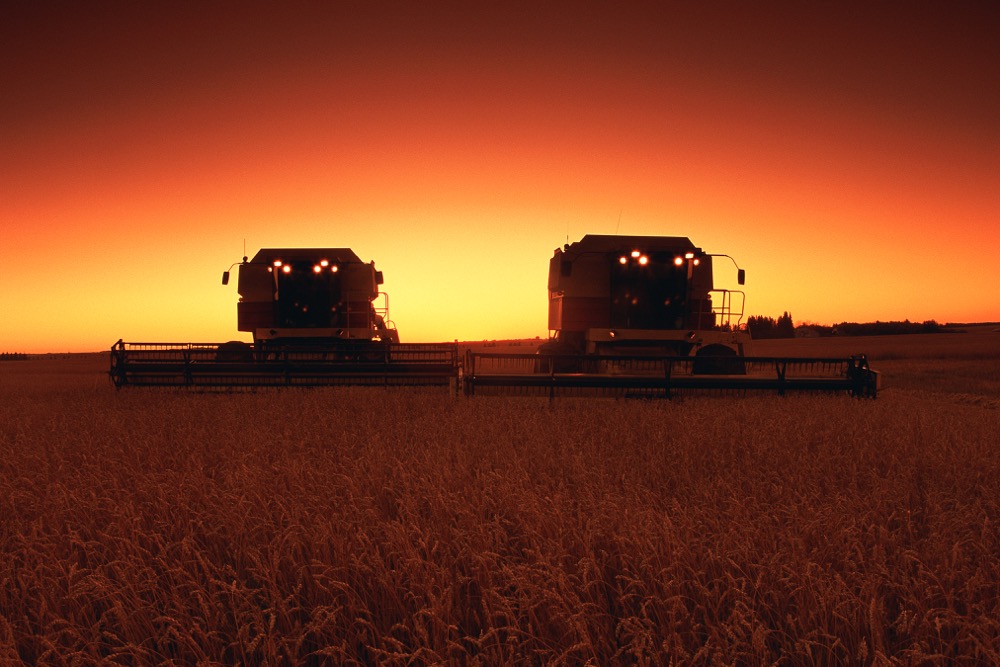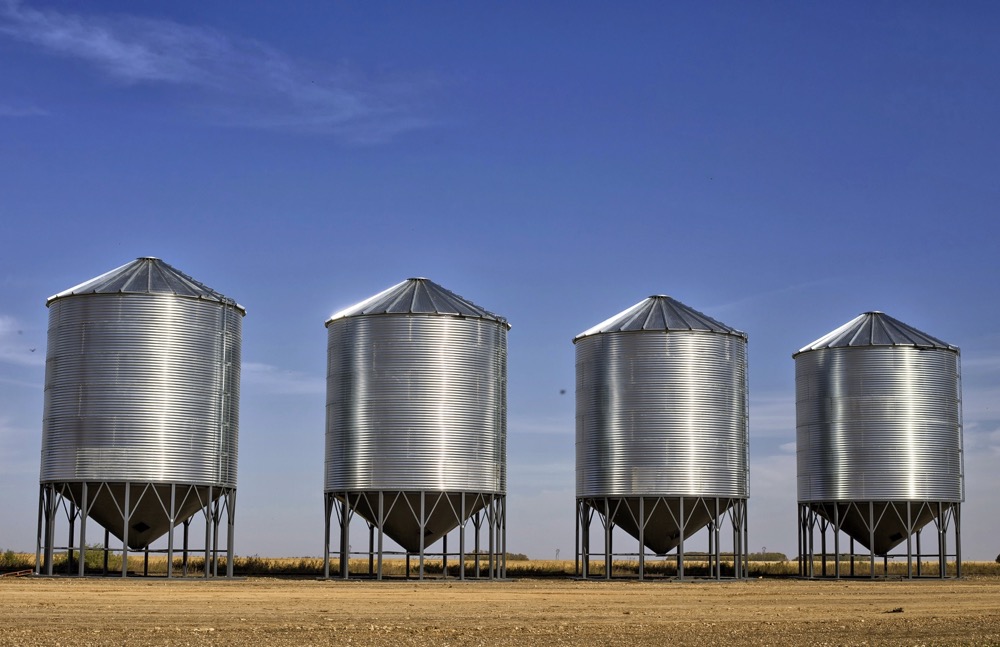There’s been lots of talk about grain and oilseed growers who lost money on grain options. But it’s a different story this crop year. As a strategy, using put options to protect commodity returns close to their drought-year highs has paid off in spades.
That’s because put options act as price insurance. These “puts” place a price floor under your crop, and they do it without imposing delivery obligations.
It’s true that you may not end up needing that insurance. If prices stay high, you may simply let your option expire. But remember this. In that situation, the grain in your bin will probably be doing just fine price-wise, and your farm won’t be under threat.
Read Also

Ontario farmers partner for success
Ontario business partners, Matt Bergman and DJ Wassenaar, have been farming together for 10 years. Their focus on integrating unconventional…
If grain prices collapse, however, and you need to exercise the option, it could make the difference between profit and loss for the entire year.
“Put” options guard a price floor while the crop is growing or is in unpriced storage. Put options increase in value as market prices drop.
“Call” options are just the opposite. Call options increase in value when the futures climb higher. They do this by reopening your price ceiling after your cash grain has been priced.
Calls may seem more like price speculation than price risk management. But so is the holding of physical, unpriced grain. Indeed, replacing physical grain sales with call options may be a less risky strategy, especially since grain can go out of condition.
Remember, too, that if market prices drop, there is greater financial risk watching the value of unpriced grain drop than watching a call option premium expire worthless.
But like all things, this pricing tool must be managed. Buy quality, not quantity. One mistake that many growers make is purchasing inexpensive, out-of-the-money options. For example, let’s say May canola is trading at $500/MT. You are storing unpriced canola, but you’re leery that canola may break down further into the spring market. May canola $500 (at-the-money) put options are trading $15/MT. But you decide to buy May $470/MT put options for $5/MT. Should canola break down $20/MT, the May $470 put premiums would only appreciate by about $10/MT. The May $500 premium would advance by about $20/MT from $15 to $35/MT or more.
If you have a set amount of money to purchase options, it is often better to cut your order down, but purchase better-quality options.
Be wary of time decay. In the last month of an option’s life, the premium can erode quickly. A rule of thumb is to avoid holding options until expiry. If you own a May canola $500 put and the market slides quickly to $480/MT, your option premium value is made up of the $20/MT you are in-the-money ($500-$480) plus time value. Your option premium may actually be worth $30/MT. The extra $10/MT is “time value.” As the option nears expiry on the third Friday of April, this time value will eventually erode and disappear.
Therefore, if you own an option, try to sell or liquidate it two to three weeks prior to expiry.
Also consider using U.S. options to cover Canadian grain market exposure. Options for Chicago corn, soybeans and wheat offer great liquidity, allowing growers to enter and exit trades easily. Minneapolis spring wheat options are less liquid, but they can offer solid price protection for western Canadian wheat growers.
Canola and soyoil options are also effective tools to manage price risk. Canola options trade in 20-MT increments. For soyoil, one 60,000-lb. contract is nearly the equivalent of one 3,000-bushel rail car of canola. Corn options can be an effective replacement for barley and feed wheat sales. And from a feeder’s viewpoint, corn is about 10 per cent hotter in energy than barley in rations. Oat options are also available on the Chicago market, and soymeal options are an effective replacement for feed pea sales.
Another strategy is to use options to replace poorer-quality grain. Option contracts are always based on the top grade futures specifications. By selling your off-grade grain and replacing with higher-quality options, you are effectively pushing your grades into a higher-value marketplace.
You can use options as a price parachute for your unpriced grain. Plus the grower has no physical grain delivery obligation and there is no risk of margin call. Your risk is limited to the cost of the premium, yet options can inject cash flow more quickly into the farm business, and they can help you clear bin space earlier in the crop year. If traded effectively, options can guard market downside for unpriced grain or reopen a price ceiling after the grain has been sold.
Options are another tool, not the only tool in your tool box. But it is definitely worth your time to get to know them.
Errol Anderson a commodity broker and author of “ProMarket Wire” a daily cattle and grain risk management report. He can be reached at 403-275-5555 in Calgary or email [email protected].














